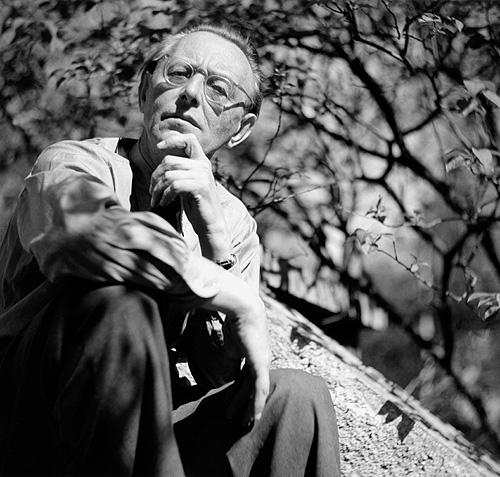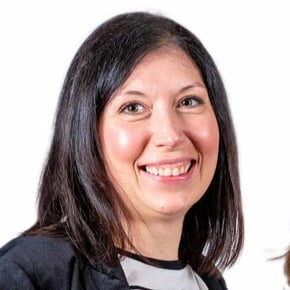When browsing the social media world, one notices that the word "Orff" is used playfully in many different constellations, some funny (as in, "I'm orff to bed"), others apparently meant to be offensive (as in, "Orff You!"). Though the word "Orff" may have a strange, even ominous ring to it, conjuring up images of giant creatures in the woods or on the bottom of the sea, it actually is closely associated with one of the most wonderful methods of teaching music to children.
Carl Orff (1895-1982) was a visionary German artist and pedagogue whose work has enjoyed a lasting presence on the concert stage as well as in the music classroom. Though a prolific composer, Orff is now celebrated primarily for his large-scale 1932 oratorio Carmina burana. By contrast, his pioneering pedagogical research seems generally far less known, though it is very much alive and thriving in school systems around the globe.
In 1924 Orff and Dorothee Günther co-founded the Günther-Schule in Munich--a new type of school that offered instruction in music, dance, and gymnastics. As head of the music program of the Günther-Schule, Orff developed his educational philosophy that music should be learned in combination with movement, rhythm, dance, and speech. Orff's ideas were highly controversial at the time, requiring music teachers to acquire special skills--knowledge of Orff's preferred instruments (recorders, glockenpiels, small metallophones, marimbas, drums, etc.) as well as the ability to improvise, i.e., to create music spontaneously.
Orff's music classroom functions as a "lab" where students explore sounds and develop their innate creativity in a relaxed and friendly group setting (Orff Ensemble). With students singing and dancing to improvised rhythms, and communicating with each other in "call-and-response" situations, music study becomes an enjoyable, playful activity, and an experience involving multiple senses simultaneously.
From 1932 to 1935, Orff collaborated with Gunild Keetman and Hans Bergese in publishing his Orff-Schulwerk: Elementare Musikübung, which presented an introduction to group improvisation and techniques of playing various percussion instruments, as well as a few ensemble compositions. Music teachers at the time were flabbergasted by the Orff-Schulwerk since it ran counter to established concepts in traditional music education.
It was not until 1950, when the Orff-Schulwerk was reintroduced with a second publication, Musik für Kinder (Music for Children). This 5-volume work represents the basis of Orff instruction, providing teachers with a discussion of what is often called the "Orff Approach" or "Orff Method," and a number of ensemble compositions. Due to its universal appeal, the "Orff Method" has since been adopted by music educators around the world.
For families in and around Flemington, NJ, Orff instruction is now available at our Hunterdon Academy of the Arts, starting in September 2010. Enroll today since space is limited!



COMMENTS